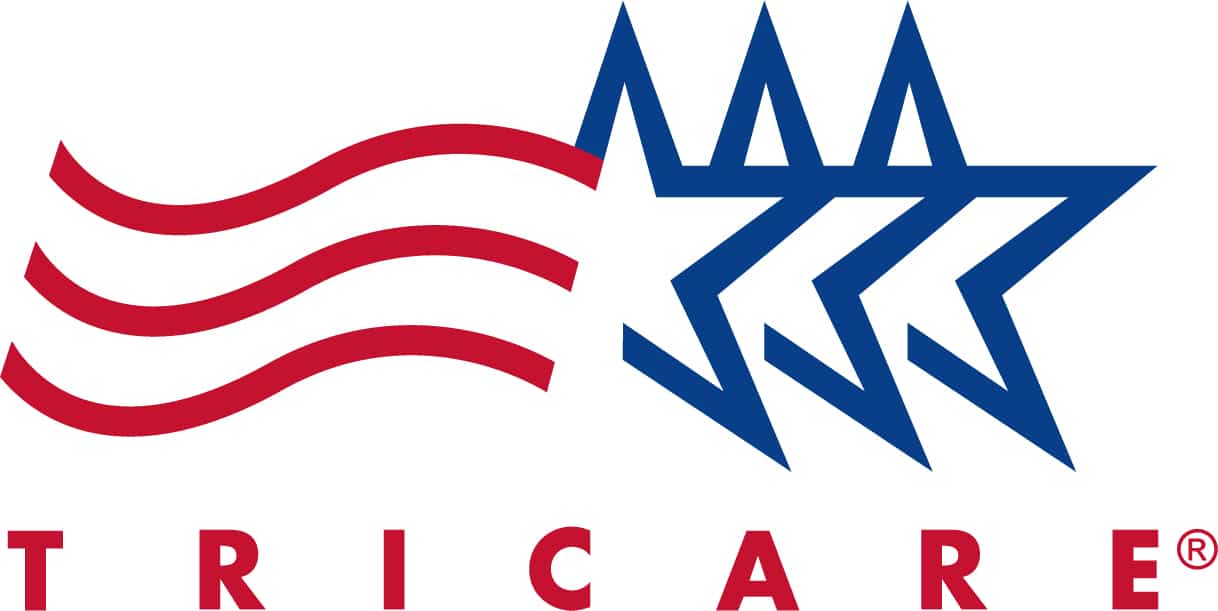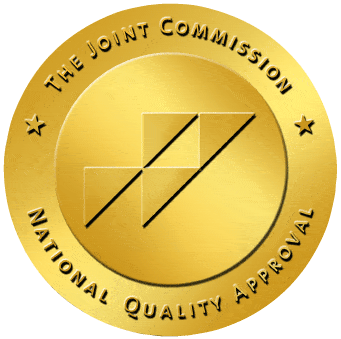America is fighting an all-out war against opioid abuse right now, and losing. The Obama administration has been fighting honorably. Much action has been taken, especially in the last two years, to combat the opioid epidemic. Still, the year 2014 set all-time records for opioid-caused deaths in this country. “The increasing number of deaths from opioid overdose is alarming,” said Tom Frieden, director of the Centers for Disease Control (CDC). “The opioid epidemic is devastating American families and communities.”
America in 2014 was home to 28,647 opioid-caused deaths, a 14% increase from the year before. This includes all opioids, both legally prescribed ones such as oxycodone or morphine and illicit ones such as heroin or synthetic fentanyl. The number of strictly heroin-caused deaths went up 26% from the year before, as 10,574 Americans died of heroin overdoses. Worse yet, in 2014 the number of synthetic opioid-caused deaths, as from fentanyl or carfentanil, went up a whopping 50%. The year 2014 was when we fully recognized that as a country we were losing the war with opioid abuse.
Then Last Year Happened
According to a report issued Thursday by the White House, CDC data shows that last year, 2015, is now the record-holding year for opioid-caused deaths. The total number of opioid-caused fatalities last year was 33,091 which is an 8.7% increase. That may seem minimal at first, but the increase means that twelve more Americans died from opioid abuse last year than the year before. In total, an astonishing ninety people a day died last year from opioids. If this isn’t a war, what is?
No, seriously, consider this: World War II lasted from 1941-1945. America didn’t get involved right away, sure, but when we did, things got pretty rough. The Normandy landings on D-Day speak for themselves, and that was just one battlefield. Overall, 405,399 Americans died fighting in WWII. During the first sixteen years of the new millennium, well over 500,000 Americans have died from drug overdoses. World War II was fought with men and weapons. The opioid epidemic is being fought with government and community outreach.
Another Year, Another Record
Opioid-caused deaths went up almost 9% last year. The number of deaths from prescription opioids rose only 4%. Again, this may make it seem as if the increase was relatively insignificant. However, digging deeper into the CDC data reveals the bigger picture. Statistics in this case fail to accurately depict just how bad the opioid crisis is getting in America. Still, the recent CDC information serves as the proof. The amount of opioid-caused deaths has been rising for over a decade in the US. Beyond the devastation these deaths cause the public, this means the war is not slowing down.
Fatal heroin overdoses rose 23% last year from the year prior, totaling 12,990. This figure does not take into account synthetic fentanyl and/or carfentanil, which have been being laced into heroin regularly now for some time. Regarding such synthetic opioids, overdose deaths “rose from 5,544 in 2014 to 9,580 in 2015, an increase of 73 percent. This category of opioids is dominated by fentanyl-related overdoses, and recent research indicates the fentanyl involved in these deaths is illicitly manufactured, not from medications containing fentanyl,” as stated in the White House report.
Just because we’re losing the war doesn’t mean we’re not fighting hard, and recently some major ‘weaponry’ has been used. Over the past handful of years, and especially lately, an arsenal of policies, laws, acts, publications and reports have been rolled out to fight the good fight. Here are some of the most recent key soldiers in the war against opioid abuse.
8 Ways We’re Fighting the War on Opioids
Due to the sheer amount of firepower our government and other organizations have used in past years, a focus on this year seems appropriate. However, the first strike came in 2010, the year Obamacare was launched. From there, the battle raged on, but this year alone, seven other big guns were used to combat opioid abuse.
March 2010 – Obamacare’s Healthcare Marketplace
Say what you will about Obama’s healthcare initiative, the Affordable Care Act, or Obamacare for short. Yes he did extend coverage to millions more Americans, but many of our rates went up as well. However, no argument can be made against how Obama’s creation of the Healthcare Marketplace benefitted the addiction recovery community. Insurance companies who participate in the marketplace “must now cover costs related to mental health and substance use disorder services, including behavioral health treatment,” according to the writ.
Since its inception, Obamacare has provided this service to an estimated 60 million American people. It was the largest expansion of substance-abuse-related health coverage in over twenty years.
March 2016 – Comprehensive Addiction Recovery Act
Also known as CARA, this was the single largest effort toward addiction recovery in American history. A total of $181 million was spent on education efforts, prevention methods, expanding access to treatment, expanding the availability of Naloxone, and efforts to treat incarcerated addicts. President Obama initially asked for $1 billion, and as we will see, it took some time but he got it. Regardless, CARA stands as a milestone among anti-opiate efforts.
Community-based organizations were funded. The National Youth Initiative was launched to increase awareness among schoolchildren. Drug convictions no longer have to be disclosed when applying for financial aid. Prescription drug take-back programs were funded. The scope of CARA is large, and continues to benefit addicts. Plus it serves as a sign of our country knowing where we are in the battle. As a bill, CARA was passed 94-1 by the Senate and unanimously by Congress.
March 2016 – Dept. of Health & Human Services (HHS) Donates $94 Million
The money was split amongst 271 health centers in 45 states. The significance of this funding lies in the fact that health centers “treat some of the most at-risk patients in the country,” according to Jim Macrae of the HHS. “These awards position health centers to be at the forefront of the fight against opioid abuse in underserved communities.”
The donation will also go toward increased screening for substance abuse and a subsequent connection to treatment. Also, it will increase access to medication assisted treatment and provide training and education to help healthcare professionals utilize the safest methods of prescribing legal drugs. Medication assisted treatment is a main focus, as evidence has shown “a whole-patient approach to treatment through a combination of medication and counseling and behavioral therapies is most successful in treating opioid use disorders,” as quoted from the HHS press release, linked above.
March 2016 – The CDC Guideline for Prescribing Opioids for Chronic Pain
March was a busy month in the war against opioid abuse. Perhaps it took a couple of months for the devastating death tolls of 2014 and 2015 to sink in. Regardless, on top of enacting CARA and injecting funding into health centers, the Centers for Disease Control issued a prescription guideline for healthcare professionals to follow.
Believe it or not, this was the CDC’s “first-ever recommendations for primary care clinicians on prescribing opioids,” as said in a White house press release this November. The guideline came as a way to reduce the amount of prescription pills in the hands of the public. There are enough opioid prescriptions written every single year to place a full bottle in every American adult’s pocket. Logic tells us that not every adult has diagnosable chronic pain.
In addition to the CDC guideline, Surgeon General Vivek Murthy issued this letter to every single doctor in the nation. The letter asks the doctors to utilize the CDC guideline and to practice safe prescribing. The vast majority of drug addictions begin in childhood, and an overwhelming majority of heroin abusers begin with opioid prescription pills. If every home could potentially have a bottle, it’s no wonder heroin abuse is on the rise.
September 2016 – America talks to China regarding fentanyl production
Two major factors of opioid-caused deaths are the synthetic forms of fentanyl and carfentanil. Up to 100x stronger than morphine, fentanyl is being produced by Chinese warehouses and shipped to almost anywhere in the world. So too is the deadlier form of carfentanil, a substance used to tranquilize elephants. An amount as small as one grain of sand can kill an adult human being in a matter of minutes.
There are countless unregulated warehouses in China that mass produce fentanyl and/or the ingredients necessary to produce it. Also, carfentanil is derived from fentanyl, and therefore also essentially sold by Chinese dealers. The US has several bans on such purchases. Mexico does not. Plus, fentanyl is an uncontrolled substance in China.
A large amount of synthetic fentanyl comes into the states from our southerly neighbor.

As of yet, no encompassing actions have been taken.
November 2016 – Surgeon General Report on Drugs, Alcohol & Health
For the first time in American history, the Surgeon General Report focused on the status of the nation’s drug/alcohol addiction. According to a White House press release (linked above), the report “addressed alcohol, illicit drugs, and prescription drug misuse, with chapters dedicated to neurobiology, prevention, treatment, recovery, health systems integration and recommendations for the future.”
First, define addiction as a brain disease with a scientific cure. This will change the public opinion of addiction from one of disgust to one of empathy. Addiction will hopefully become realized as the disease it truly is. Second, upgrade and make more available evidence-based methods of addiction prevention, intervention, treatment, and recovery. Dr. Murthy believes we are aimed in the right direction in this regard, but not moving fast enough. Third, healthcare needs to be reformed in order to sustain all of these changes. It’s one thing to establish methods for treating addiction, and another thing to actually carry them out.
November 2016 – Buprenorphine
The Department of Health and Human Services played their part in the fight against opioids. As of November, nurse practitioners and physician assistants are allowed “to immediately begin taking the 24 hours of required training to prescribe the opioid use disorder treatment, buprenorphine.” Better yet, the Substance Abuse and Mental Health Services Administration (SAMHSA) is training those who qualify for free. Training programs are also available through multiple sources.
Previously, only doctors could prescribe/administer the medicine, with a limit of 100 patients. Now a much larger number of medical professionals can prescribe/administer, and they are allowed up to 275 patients. So far over 2,500 professionals have successfully applied. That’s approximately eighteen practitioners every day. That’s also almost half a million more patients who received medication-assisted treatment from buprenorphine, a tried and tested drug for opioid addiction.
December 2016 – The 21st Century Cures Act
Perhaps the last attack Obama will make on opioids came in the form of what’s being called the Cures Act. On December 13th, 2016, a stroke of the president’s pen will finalize the act which provides $1 billion in funding to combat heroin/prescription pill abuse. Yes, one billion. Obama finally got what he asked for back when CARA was being drafted. The money will expand on what CARA did in a big way.
The Cures Act is comprised of several parts, some of which do not have much to do with the addiction crisis. However, in addition to big funding for the good fight, the Cures Act gives the Food and Drug Administration [FDA] more discretion in the kinds of studies required to evaluate new devices and medicines for approval,” as reported by National Public Radio. This could mean improvements in medication assisted treatment.
In Conclusion
It’s a war we seem to be losing, but nobody can say we’re not fighting. The Obama administration has done more than their fair share of work to combat the epidemic. One can only hope that Donald Trump continues along this path. However, in the end, the government can only do so much. The choice is always yours.
If you or someone you love is caught up in an opioid addiction, please seek help immediately.
















